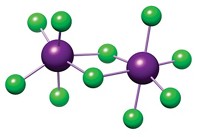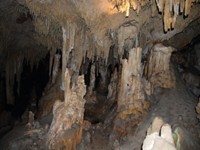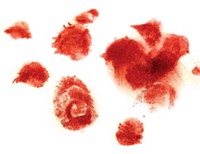Advertisement
Grab your lab coat. Let's get started
Welcome!
Welcome!
Create an account below to get 6 C&EN articles per month, receive newsletters and more - all free.
It seems this is your first time logging in online. Please enter the following information to continue.
As an ACS member you automatically get access to this site. All we need is few more details to create your reading experience.
Not you? Sign in with a different account.
Not you? Sign in with a different account.
ERROR 1
ERROR 1
ERROR 2
ERROR 2
ERROR 2
ERROR 2
ERROR 2
Password and Confirm password must match.
If you have an ACS member number, please enter it here so we can link this account to your membership. (optional)
ERROR 2
ACS values your privacy. By submitting your information, you are gaining access to C&EN and subscribing to our weekly newsletter. We use the information you provide to make your reading experience better, and we will never sell your data to third party members.
Analytical Chemistry
Probing The Kinetics Of Wine Barrel Oxygen
Study uses luminescent sensors to continuously monitor flavor-crucial oxygen levels during wine aging in oak barrels
by Elizabeth K. Wilson
September 1, 2014
| A version of this story appeared in
Volume 92, Issue 35
Ordinary oxygen from the air is one of the many chemical factors that can affect the taste of aging wine, leading to an oenophile’s joy or despair. A study now shows for the first time that it’s possible to continuously monitor the O2 transfer rate and dissolved O2 level in oak wine barrels (J. Agric. Food Chem. 2014, DOI: 10.1021/jf502333d). The analytical technique may allow enologists to probe the mechanisms by which the gas enters casks and modulates the flavors of the aging wine. María del Alamo-Sanza and Ignacio Nevares at the University of Valladolid, in Spain, inserted commercial optical dissolved O2 probes into both American and French oak wine barrels filled with a “model” wine solution of 15% ethanol. Scientists had previously measured O2 levels in aging wine but only at a single time point of six months. The researchers in the new study used the probes to monitor O2 continuously over a year at specific locations in the barrels. The researchers found that half of the O2 that entered the barrels did so during the first two months and that O2 transfer rates into the barrels leveled off over time.





Join the conversation
Contact the reporter
Submit a Letter to the Editor for publication
Engage with us on Twitter